Bikes aren’t cheap, and cyclists are known for long periods of deliberation. So what sways those decisions? Diligently following the results of top pros, with each victory nudging you closer to a certain bike? Or are you the cycling engineer, focused on statistics about weight, rigidity and drag? Or perhaps the literary-minded cyclist spending hours devouring reviews? But what are the characteristics that we should really be paying attention to?
With 10 test riders descending on Barcelona from across the globe, we dedicated 9 days to pushing this season’s most exclusive and exciting bikes to their limits in a one-of-a-kind group test. Each rider brought his or her own specific experience to the process, with a test team comprised of four women and six men, including former Tour de France riders, biomechanics, bike shop owners, tour guides and amateur riders. In short: a gathering of highly experienced and well-versed road riding enthusiasts.
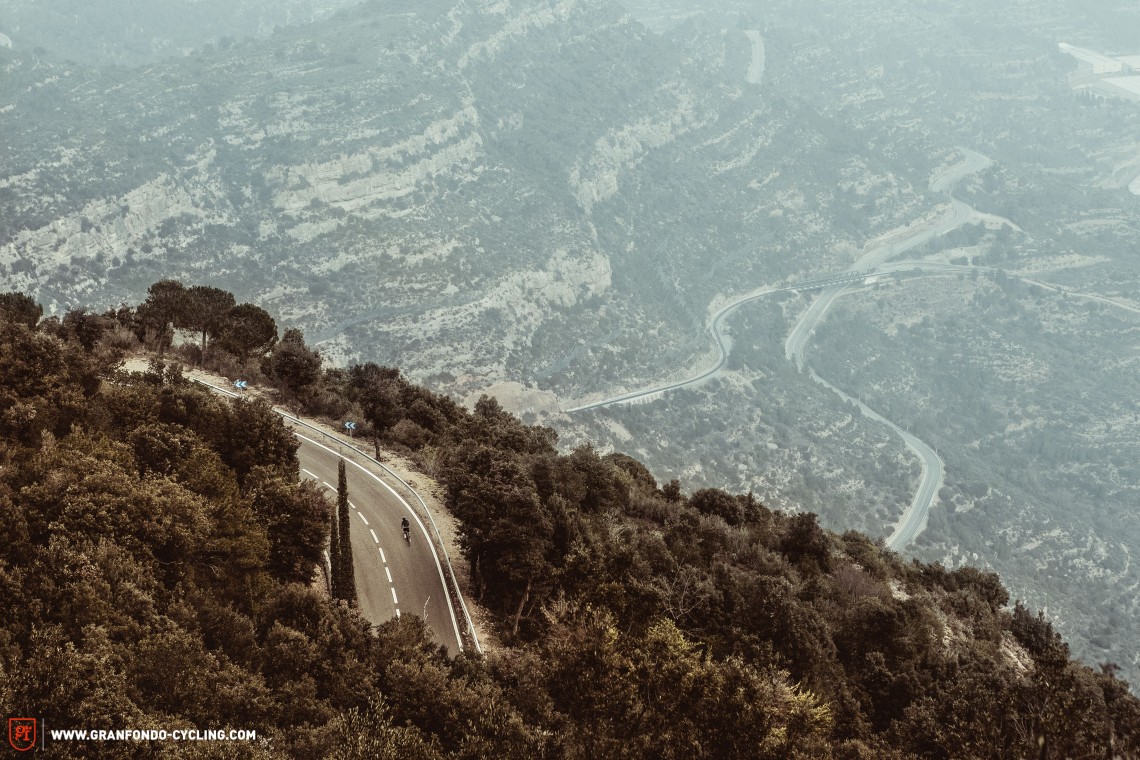
Our goal was a simple one, to give you all the information needed to make you a winner: Why? Because life’s too short to ride the wrong bikes.
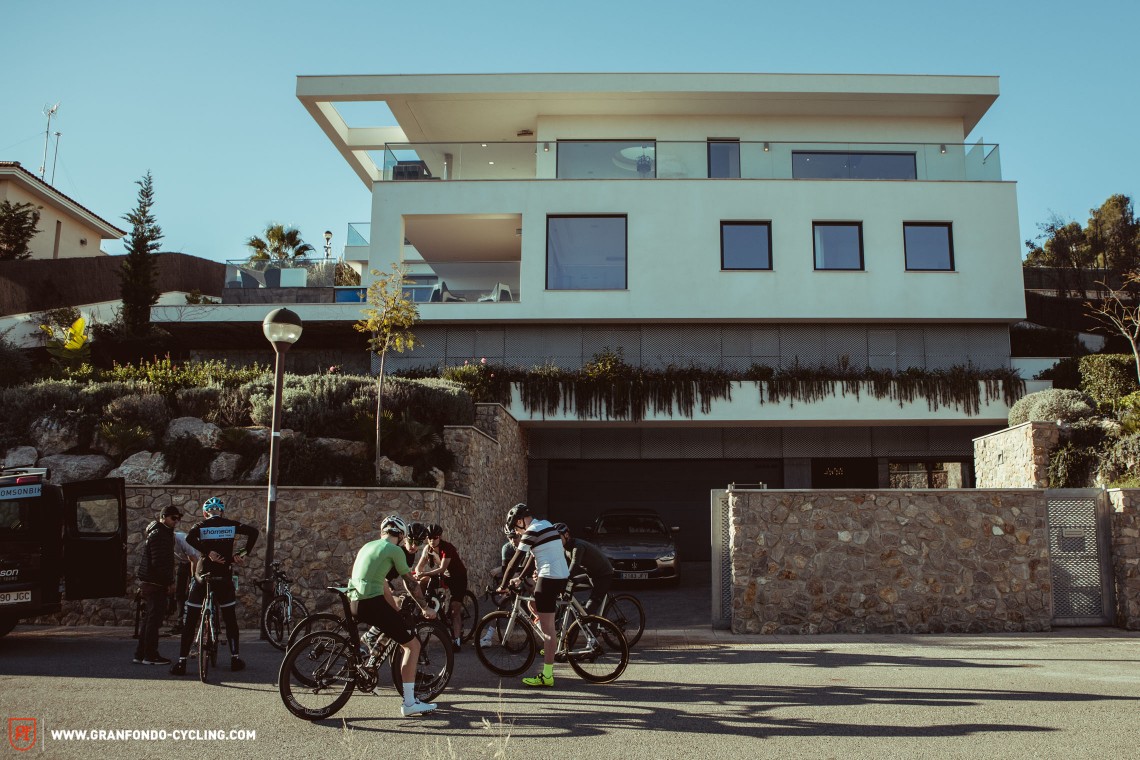
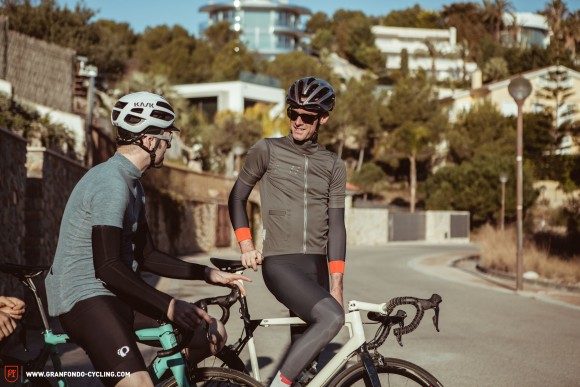
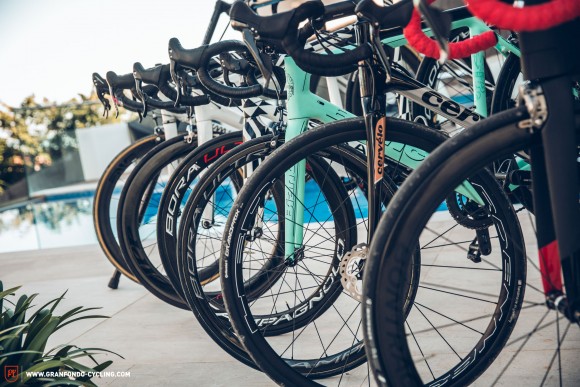
Pragmatism at its purest – the test parameters:
Forget lab stats, bandied-around theories and optimal conditions. We take a more pragmatic approach, looking at products in their entirety, beginning with the manufacturers’ claims about a bikes designated purpose and ending where the bike fits into the real world with real riders.
What distinguishes Fabian Cancellara, Peter Sagan and John Degenkolb from us mortals?
We’re obsessed with the upper echelons of cycling, but perhaps it’s time we stopped trying to emulate them. While they’re undoubtedly capable of heroic feats, their status as trendsetting market leaders when it comes to bike choice is questionable. Imagine Formula 1, America’s Cup, downhill or even golfing – like any top-flight sport, pro racers are the ultimate test bed for high performance products – but also the ultimate marketing tool, with the fastest riders in the world riding what they’re given and material choice defined by sponsorship deals and team contracts. After specifying their own crank length, stems and finishing kits, the pro gets exactly their desired set-up. Any issues of longevity and durability are rapidly solved with the presence of an on-hand bike mechanic. But how much does our riding mirror their 40-hour weeks in the saddle? Would the same kit dish out the same performance or is it too fragile, too impractical and ultimately detrimental to our riding?
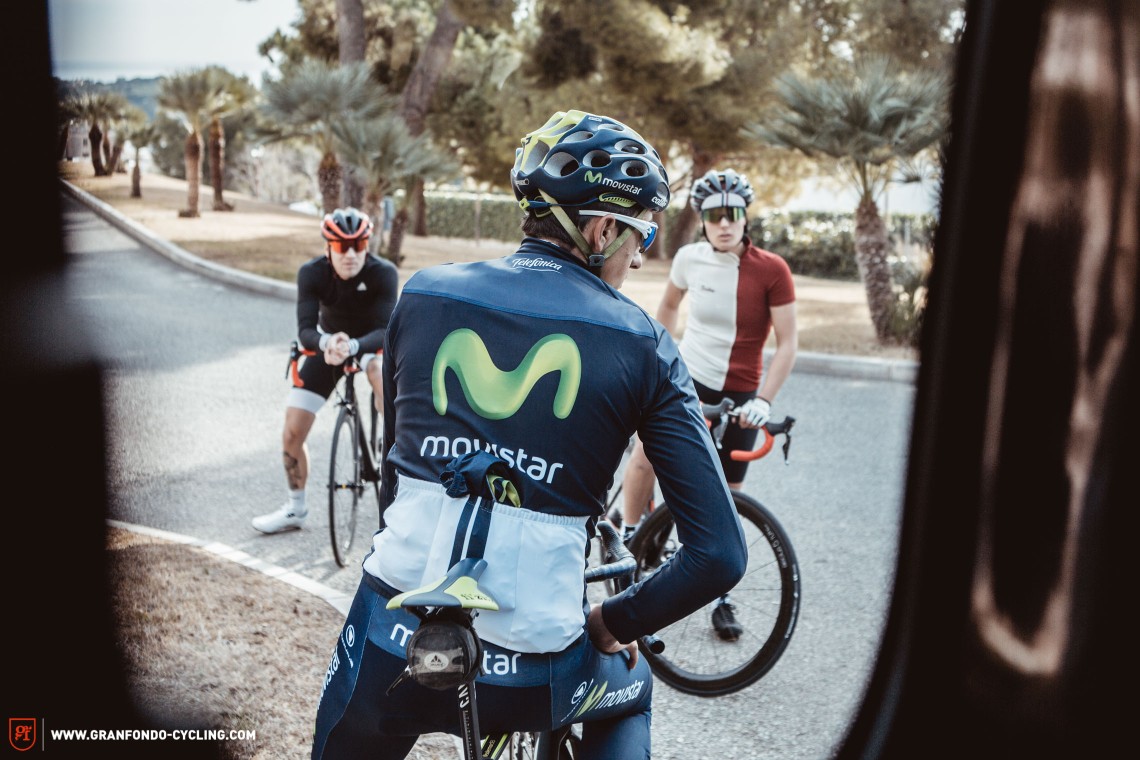
Although a lot of pros can be found training on a different, more durable setup in training, most of us want to ride the exact same material the pros ride only for racing. Those trying to imitate the pros will fight a war against reality that can’t be won. The result is less fun, less comfort and ultimately frustration or, in the worst case, resignation. And this brings us to an important question: who are we developing bikes for? If you do not only want to sell a dream to the customer, but want to make them happy, then this is an important point to consider.
The industry is in the process of moving into a new era, one that’s more orientated to the requirements and desires of the client base. Many manufacturers have already cottoned on whilst others still insist on antiquated standards.
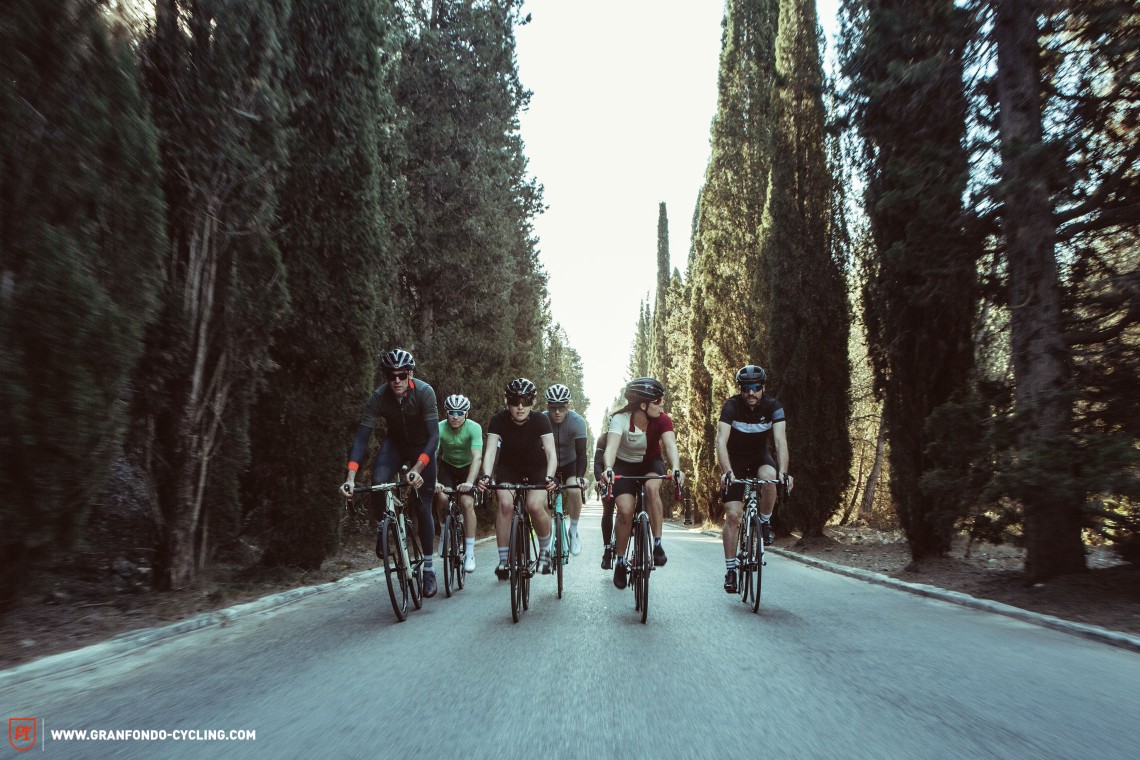
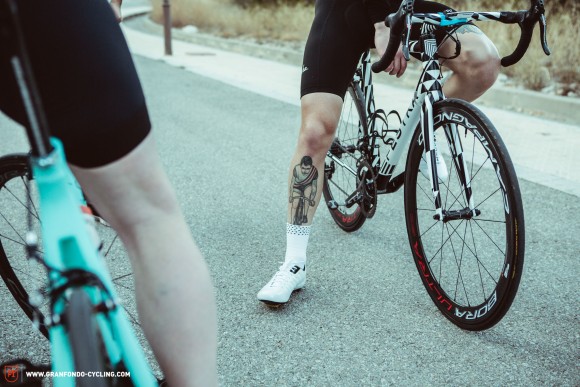
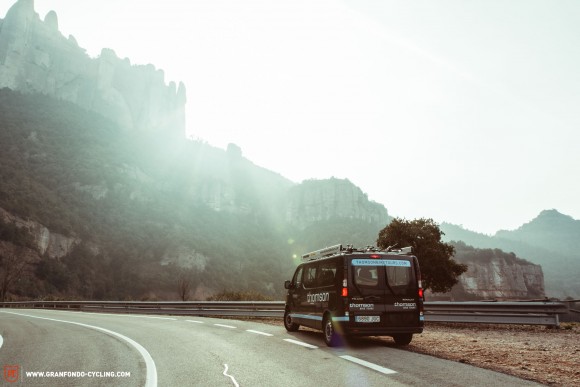
7 nations – 250 years of road cycling experience
Wouldn’t it be nice if a pro bike purchase immediately resulted in pro-standard performance? If there was a bike with a price tag that would grant us a Tour de France level of endurance and speed? But a bike is just a tool; it’s up to us to achieve the performance. True to our name, we consulted a handful of Gran Fondo organisers and tour operators around the world to hear their thoughts on the test parameters, and it rapidly became clear that the road bike market is just as diverse as society.
What makes a good road bike?
Categories, sub-categories, spec options, build kits, material choices: there’s no exclusive answer any longer. If you’re looking for something more than just a status symbol or a model to whizz into town on, then you’ve got to determine how you ride before thinking about what to ride.
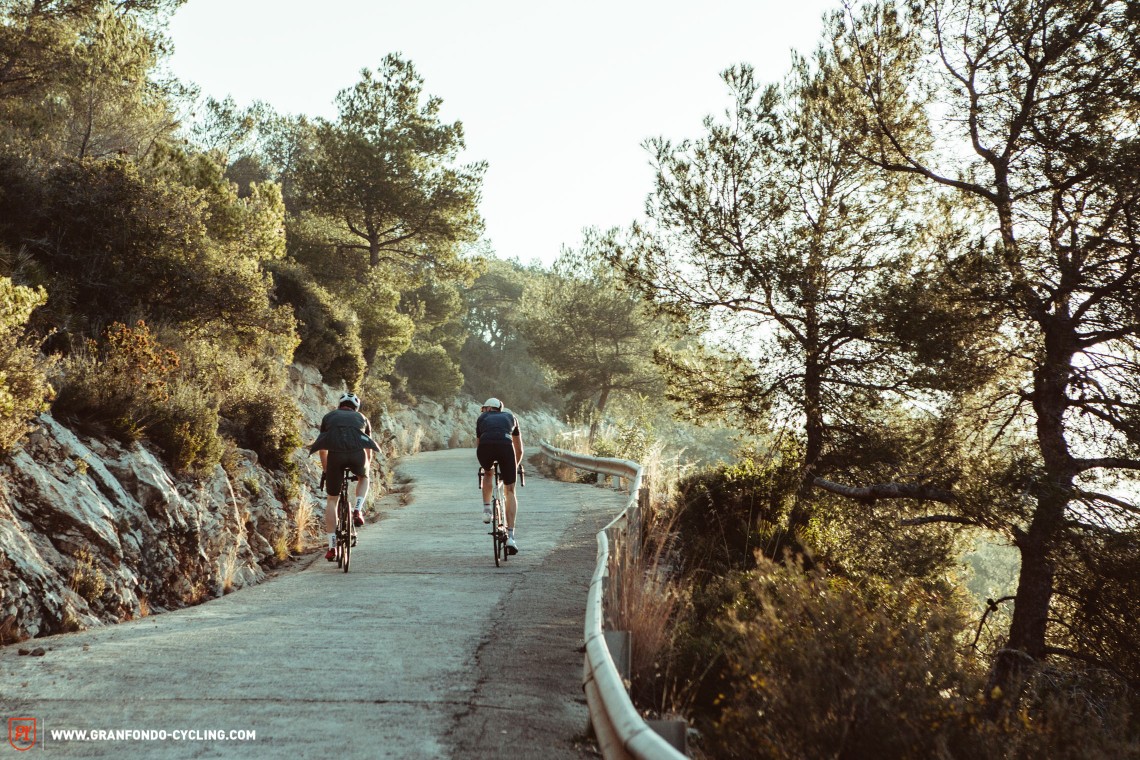
Aero bikes on cobbles?
A cursory glance at the peloton is proof of how team bikes are being adapted to suit their own preferences, and it’s throwing up some unlikely suspects and protagonists, each aided by clever team tactics and intelligent riding. Take this year’s Paris-Roubaix (known for its harsh conditions, making it a test-bed for the weird and the wonderful, the ‘freakshow of the Classics’ if you will), which was won on Hayman’s aero bike – does that mean we should also ride an aero bike on cobbles now? And seeing as Hayman has ridden the race 15 times, his choice is obviously an educated one. This leads us to the next question.
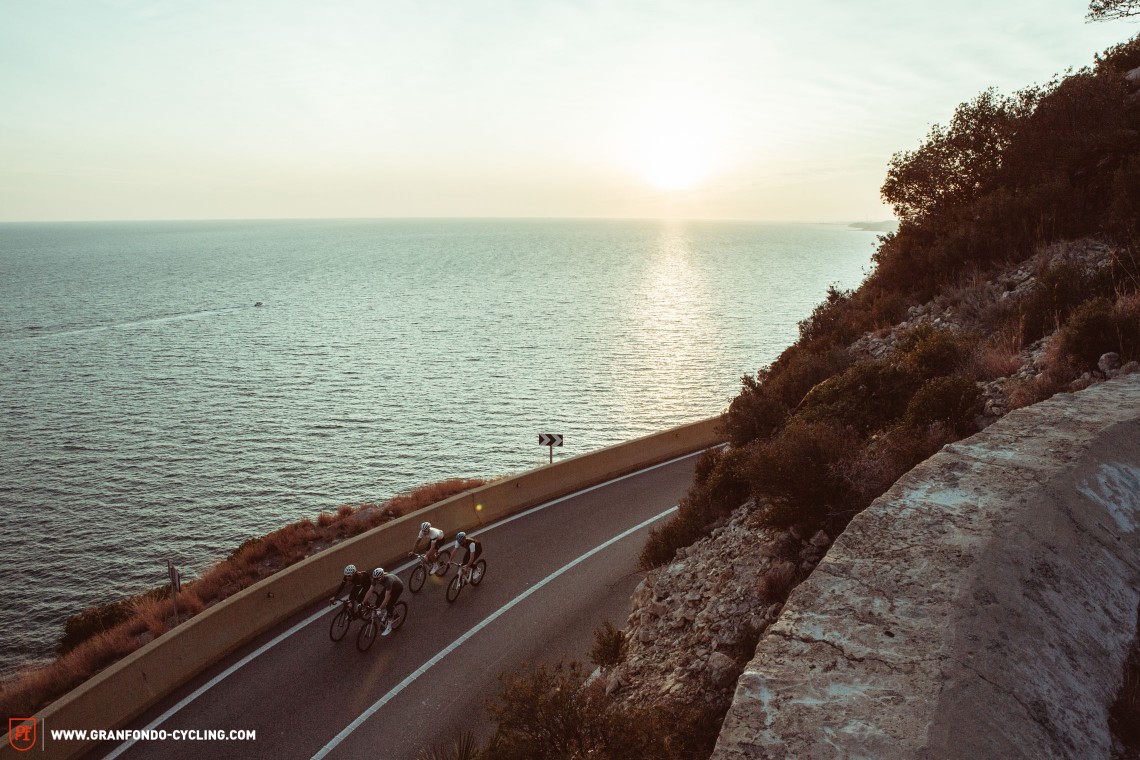
But would we really drive a Formula One car in the middle of the city?
Definitely not. Off the race track they’d suck, not only because they lack ergonomics and comfort, but are anything but well laid-out and practical. If you wanted just raw speed and brutal power you would turn to a track focussed car like the Porsche GT3, but you certainly wouldn’t want to drive it everyday. If you wanted the same thrills, but in a more usable package, you’d go for the day-to-day version of a race car. A Porsche Turbo is not primarily designed for the hard driving on the track even if it’s reassuring to know the car could cope, but it could definitely hold its own in a traffic light sprint. Sounds dull? At least it’s real. The same applies to road bikes. Are we going to be on the starting line of the Tour de France? No offense, but it sounds a bit far-fetched,and we should probably keep our ambition in check. If core training and foam rolling aren’t staples in your daily routine, you’ve still got work to do to actually benefit or be able to ride a pro geometry, so you might be wise to go with an endurance bike.



Who cares about potential watts and the theoretical aero advantage…
… if just by modifying your position on the saddle, you can render your biomechanics more adept at activating the target muscle groups, deliver more power and enjoy a more settled – and therefore more aerodynamic – position on the saddle? If more comfort means we can ride for longer, and better handling gives us the confidence to let go of the brakes? If a touch more weight means more puncture resistance and if better all-round characteristics mean our ride can take in some unplanned and exciting strada bianche? We shouldn’t invest in the fastest material, but in the entire package that’s destined to make us faster, more confident and ultimately happier.

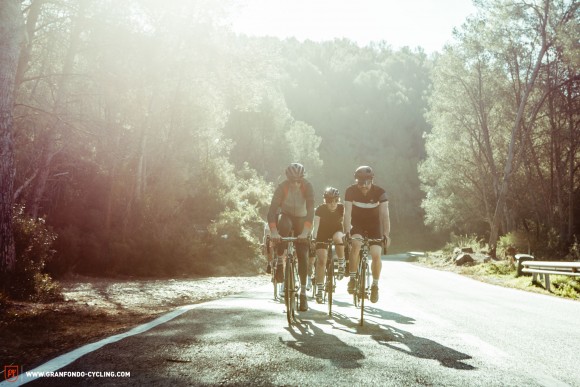
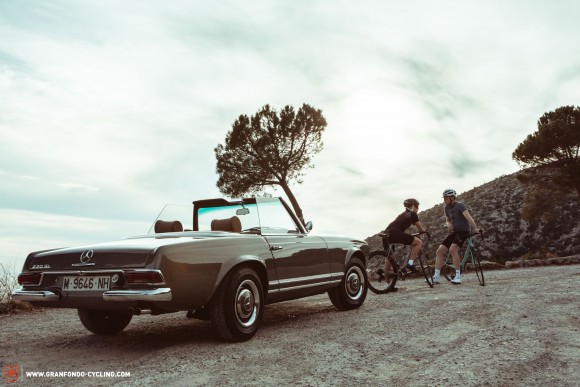
But what does happiness mean in the context of top-flight bikes?
While the two aforementioned attributes of faster and smoother can be objectively determined in tests, the third is a little trickier to pin down. However, another comparison with the car industry can help. (Have you noticed our soft spot for cars and design yet?) Everyone’s got their own taste, from a classic Benz W113 to a speedy sports car, muscular jeep or comfy S-class. In bike terms, we’re talking classic steel frames, exclusive titanium or a modern carbon frame.

Bringing us swiftly onto the test fleet:
We had many reasons for choosing what will surely be the most diverse test fleet you’ll see from us this season: we wanted to keep the test bikes on their toes by throwing in some highly unexpected underdogs, and we value the act of thinking outside the box. So here is our run-down of 10 bikes to drool over. Representing new school, old school and everything in between, you’d expect (or rather hope) that all of these bikes – the majority of which cost more than € 10,000 – will be the embodiment of perfection. But reality had a lesson in store for us: not all that glitters is gold, and even premium bikes can, and do, cut corners.
The test bikes
| Bike | Drivetrain | Weight | Price |
|---|---|---|---|
| Bianchi Specialissima Super Record EPS 11sp Compact | Campagnolo Super Record EPS | 6.18 kg | € 12,599 |
| Canyon Aeroad CF SLX 9.0 | Shimano Dura-Ace | 6.96 kg | € 4,699 |
| Cervelo C5 Dura Ace | Shimano Dura Ace | 7.60 kg | € 7,999 |
| Crema Cycles Doma | Campagnolo Record | 7.42 kg | From € 2,850 (Frameset) |
| Festka One LT Dazzle Road | Campagnolo Super Record EPS | 6.08 kg | From € 6,169 (Frameset) |
| Focus Izalco Max Disc Red | SRAM Red | 6.83 kg | € 5,999 |
| Ritte Ace | SRAM Red | 6.78 kg | From € 2,899 |
| Specialized S-Works Venge ViAS Di2 | Shimano Dura-Ace Di2 | 7.71 kg | € 10,999 |
| Storck Aernario Platinum G1 Lightweight | Shimano Dura-Ace Di2 | 6.23 kg | € 13,399 |
| Trek Madone 9.9 | Shimano Dura-Ace Di2 | 7.05 kg | € 12,999 |
Tops
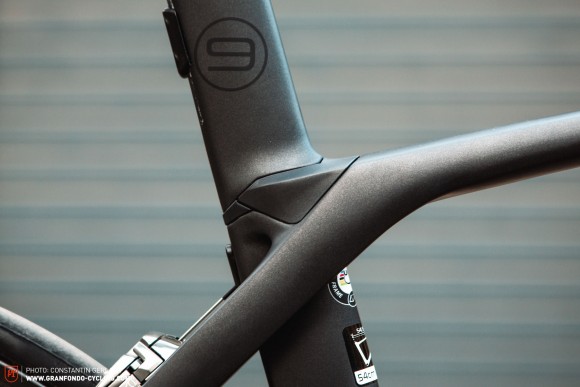

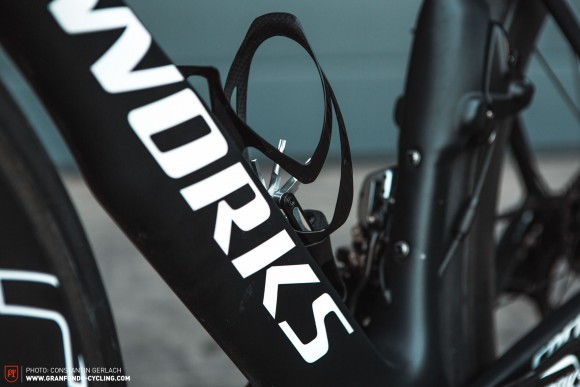
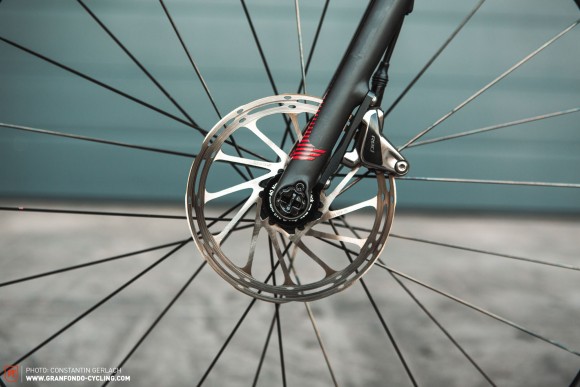
Flops
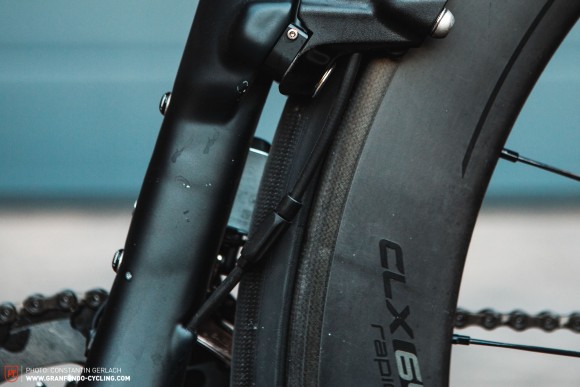
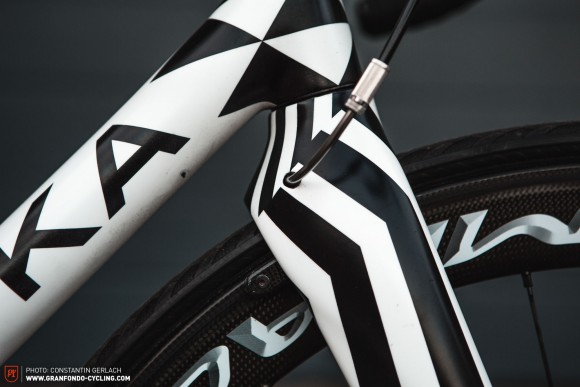

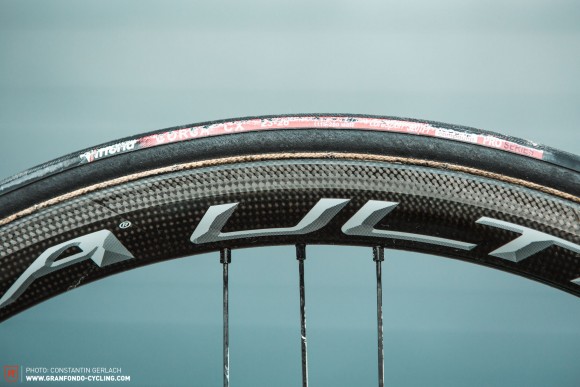
Which bike came out on top?
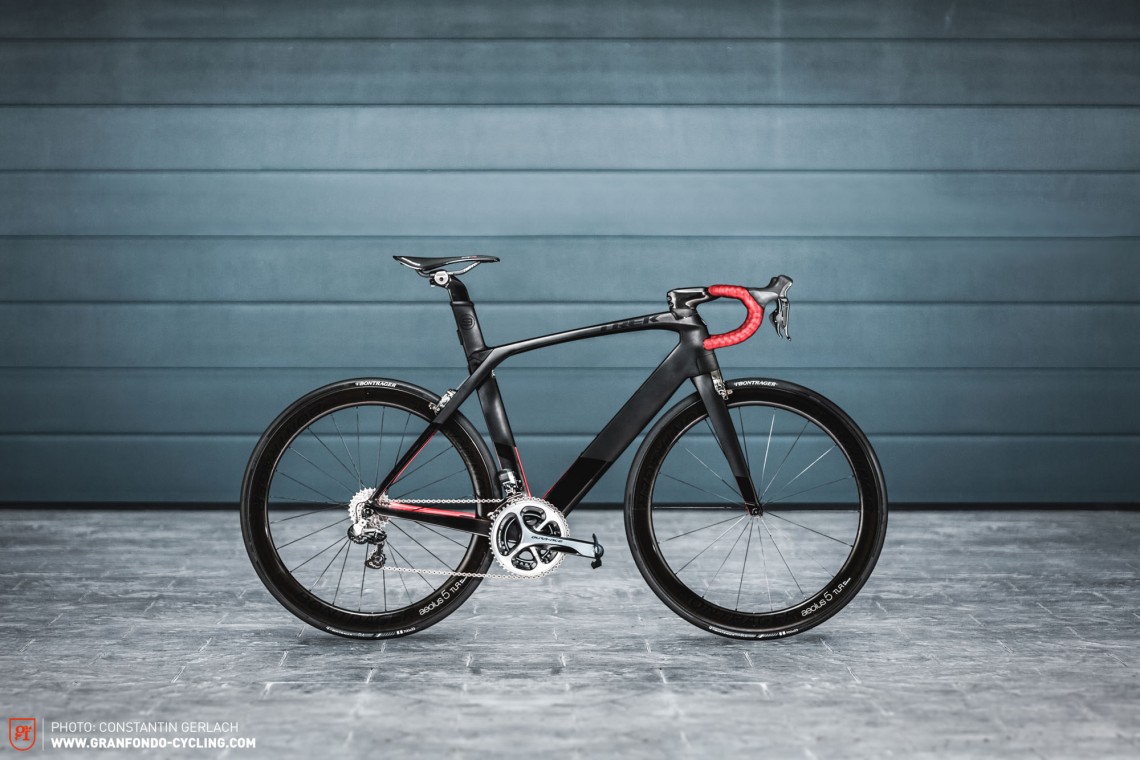

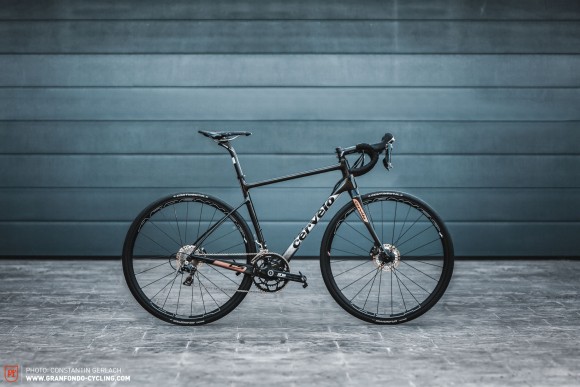
And that’s exactly what makes cycling so fascinating and exciting. Performance and fun can’t be measured in pure stats and theoretical advantages. In reality, it comes down to how YOU feel on the bike. But in order to make the right choice it’s important to know the strengths and weaknesses of each bike and how they perform on the race track as much as on a day-to-day routine. Have a flick through the following pages and get to know the peloton; each bike is great and has its own story, and if they don’t tempt you to buy, they’ll still make you drool.
All bikes in test: Storck Aernario Platinum G1 | Specialized S-Works Venge | Ritte Ace | Focus Izalco Max Disc“ | Festka One LT Dazzle | Crema Doma | Cervelo C5 | Canyon Aeroad CF SLX 9.0 | Bianchi Specialissima | Trek Madone 9.9
[/emaillocker]Words: Markus Ybañez, Robin Schmitt, Emmie Collinge Photos: Constantin Gerlach, Klaus Kneist, Christoph Bayer Post-Production: Klaus Kneist Video: Klaus Kneist
Did you enjoy this article? If so, we would be stoked if you decide to support us with a monthly contribution. By becoming a supporter of GRAN FONDO, you will help secure a sustainable future for high-quality cycling journalism. Click here to learn more.







